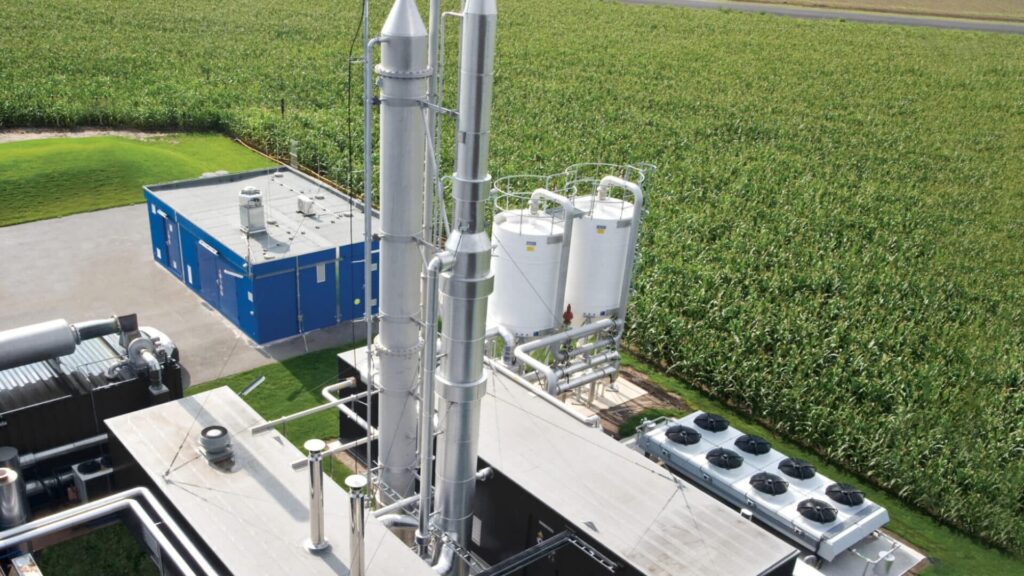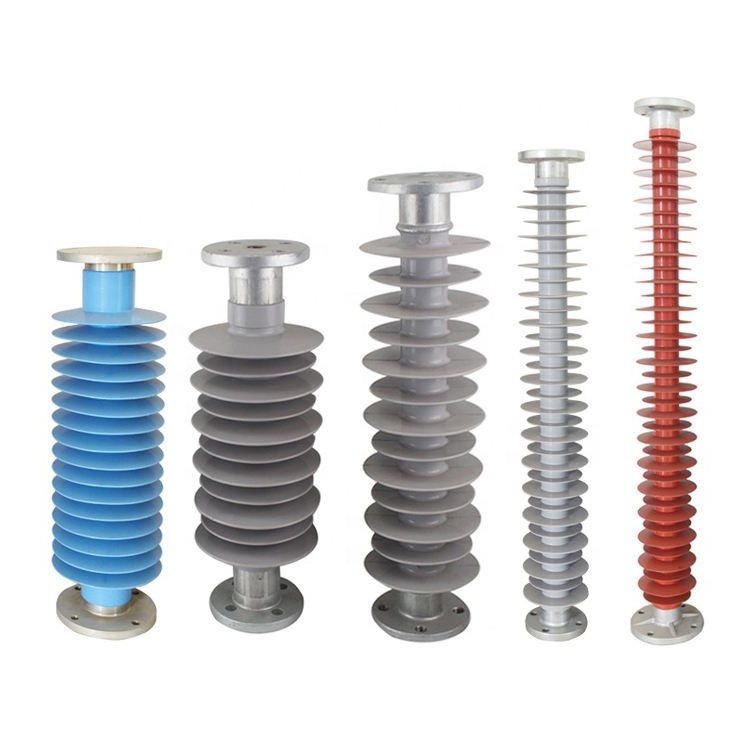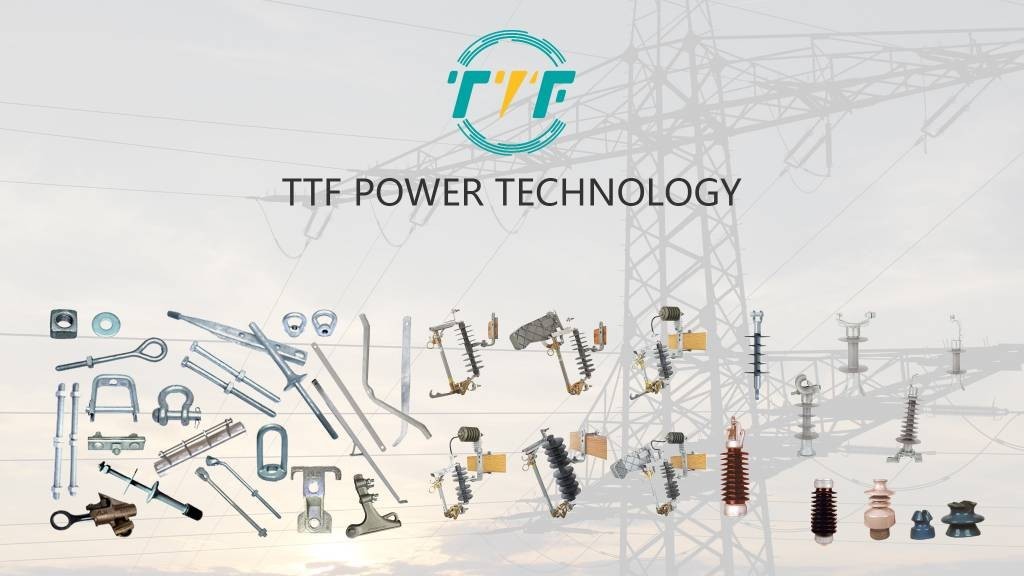
South America has a wide energy landscape, ranging from renewable energy, fossil fuels, and other sources of energy. These sources may contribute to the production of greenhouse gas emissions in the region. Carbon capture and removal have been put in place in various sectors, reflecting the region’s energy mix and industrial activities. For instance, Brazil uses carbon capture and storage in its offshore oil fields. The technology is also being employed in place in Argentina’s Vaca Muerta shale gas fields. Carbon capture and removal (CCR) technologies are integrated with bioenergy and green hydrogen projects in countries like Chile and Brazil. These technologies help the region meet its commitment to combating climate change. Common technologies used include direct air capture, enhanced weathering, and carbon capture and storage. Station post insulators provide high-voltage insulation, preventing electrical arcing and ensuring the safe and reliable operation of the power grid.
Carbon capture and removal technologies (CCR) facilities need significant amounts of electricity to operate. The station post insulators are crucial in the electrical substations that send and distribute the power. They ensure the reliable and efficient power transmission that is crucial for integrating the variable sources into the grid. Station post insulators ensures the reliable and efficient operation of the power infrastructure. This enables and sustains carbon capture and removal technologies. Carbon capture and removal technologies face several challenges that may hinder their deployment. These include high costs of deployment, infrastructure gaps, limited technical expertise, impact on ecosystems, carbon pricing, and incentives.
Impacts of carbon capture and removal technologies in South America
The deployment of carbon capture and removal technologies in South America has the potential to bring environmental, economic, and social benefits. It is important to address the various challenges to fully realize their benefits. This is through proper planning, robust policies, and community engagement. The following are the impacts of carbon capture and removal technologies in the region.

- Environmental impacts – CCR technologies help reduce emissions from fossil fuel use and industrial processes. Nature-based carbon removal solutions enhance biodiversity and improve ecosystem resilience. However, there are negative impacts, including land use conflicts, risk of carbon leakage, and high water consumption.
- Economic impacts—developing and maintaining CCR infrastructure generates employment in various sectors. These include sectors in engineering, construction, and renewable energy. Countries like Chile and Brazil are attracting foreign investments in green hydrogen and CCS projects. CCR technologies enable participation in international carbon trading schemes.
- Social impacts—reducing emissions and pollutants from industrial processes lead to better air quality. Enhancing carbon sinks through mangrove and forest restoration improves resilience to climate impacts. The technologies, however, face displacement and land conflicts and unequal distribution of benefits.
- Energy sector impacts—CCR technologies integrated with renewable energy sources. This can help reduce the carbon footprint of energy production. The technologies also help reduce the reliance on imported fuels.
- Technological impacts – investment in CCR fosters technological innovation which creates opportunities for South America. The technologies also lead to dependence on external suppliers and expertise and infrastructural challenges.
Functions of station post insulators in carbon capture and removal technologies
Station post insulators ensure the safe and efficient transmission of electricity in the electrical infrastructure. They ensure the reliable energy supply and integration with renewable energy sources. Their resilience ensures the CCR projects operate efficiently, which contributes to the region’s decarbonization and climate goals. They also enable the safe and efficient transmission of electricity. TTF is a world-class global provider of high quality overhead line hardware, transmission hardware, distribution hardware, conductors, insulators, cutout switches, anchoring and grounding products. These products aid in the construction and maintenance of infrastructure used for carbon capture. The following are the roles of station post insulators in the carbon capture technologies.

- Reliable power transmission—carbon capture technologies need significant amounts of electricity to operate compressors and pumps. Station post insulators support electrical equipment like transformers and circuit breakers.
- Integration with renewable energy—station post insulators enable the seamless integration of renewable energy into the grid. This ensures a steady supply for CCR technologies while reducing carbon emissions from energy use.
- Supporting industrial applications of CCR—station post insulators in substations and industrial power systems provide insulation and support for electrical equipment.
- Enhancing grid reliability and resilience—station post insulators reduce the risk of outages or equipment failures. High-quality station post insulators made from ceramic materials ensure durability and reliability in challenging environments.
- Scaling CCR technologies—station post insulators help in connecting new infrastructure to the grid. The insulators ensure the hydrogen production systems operate efficiently and safely.
